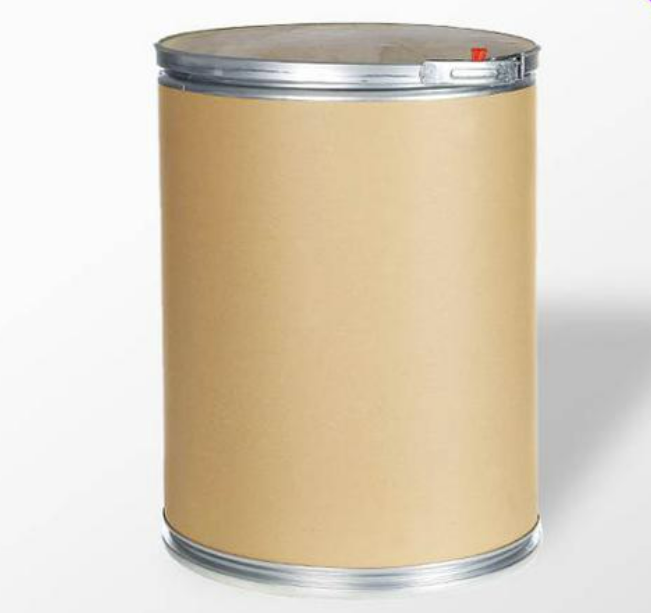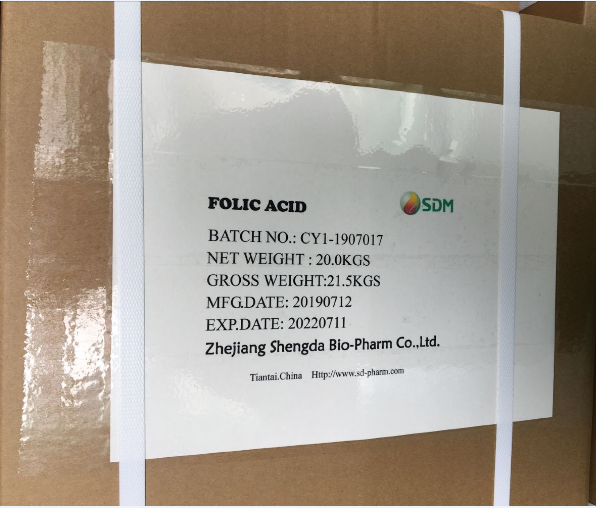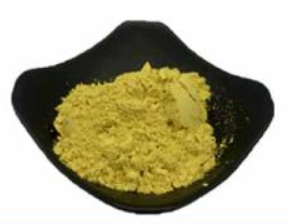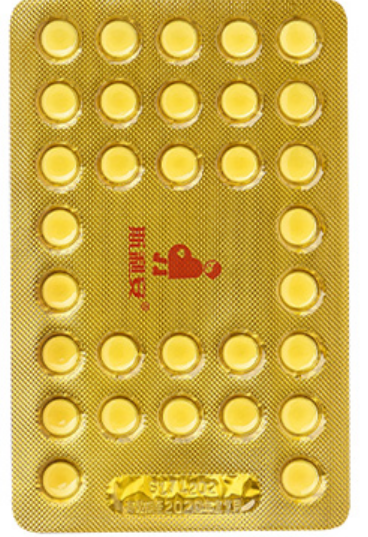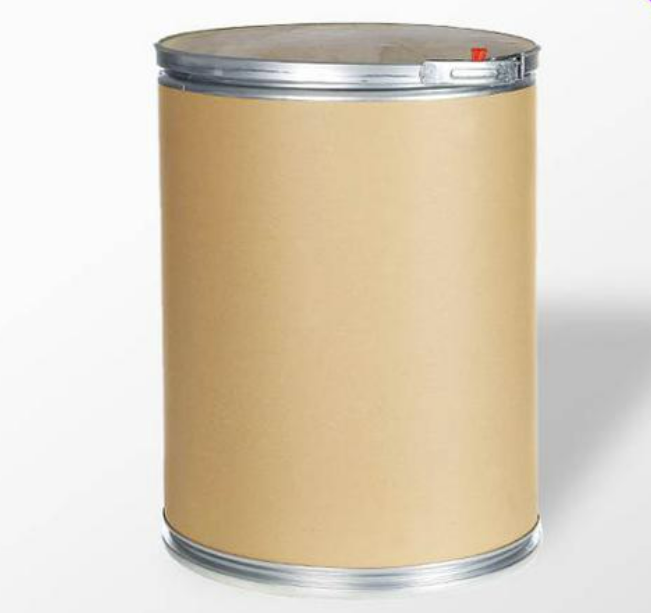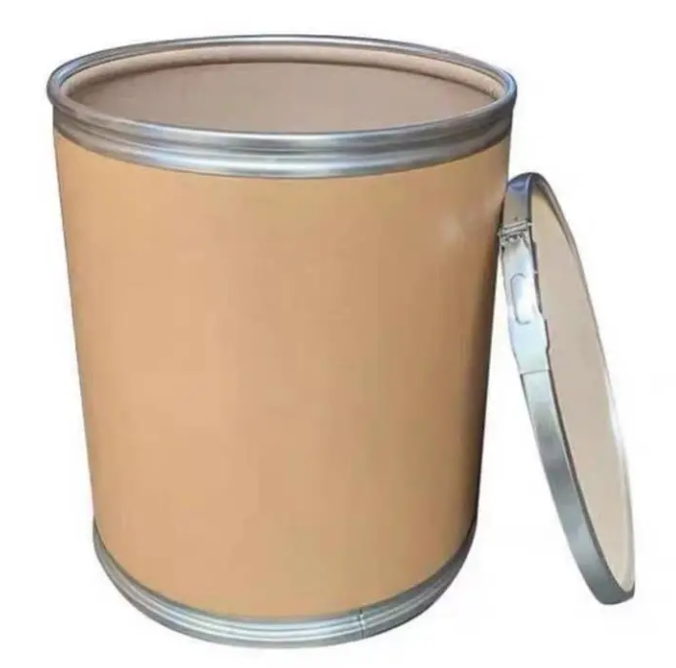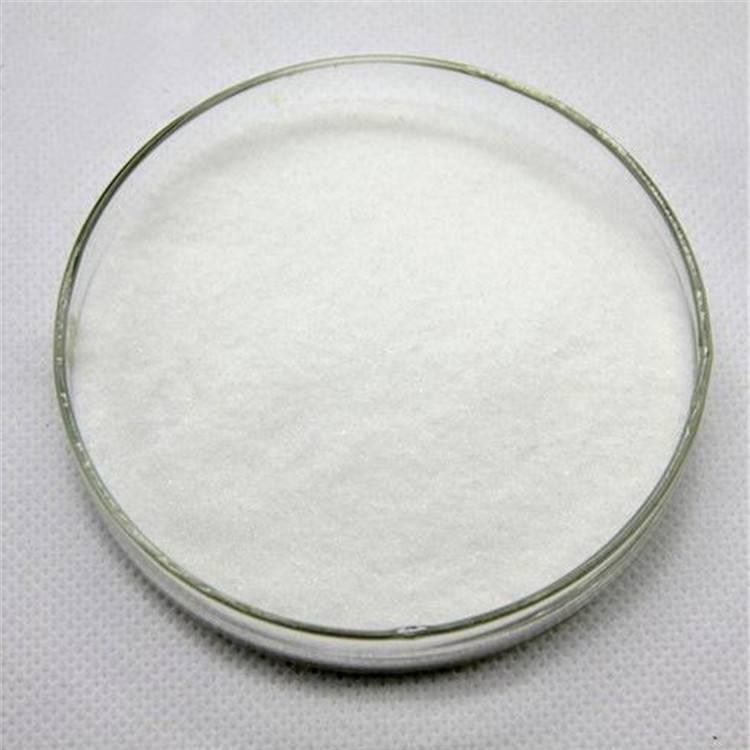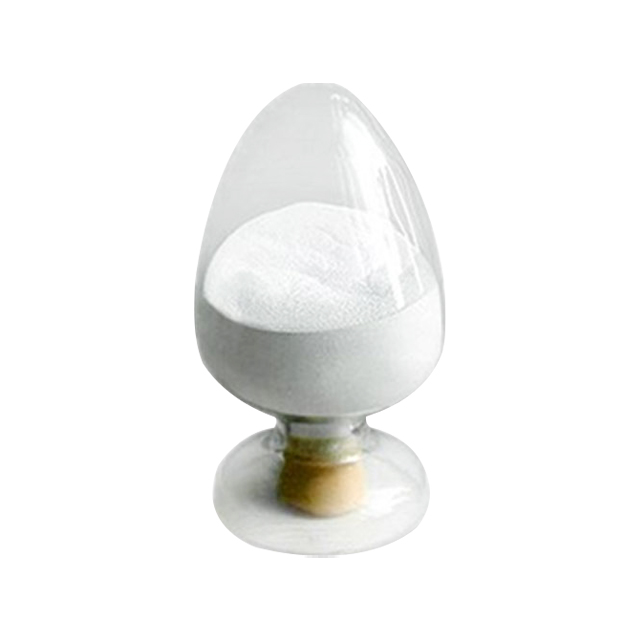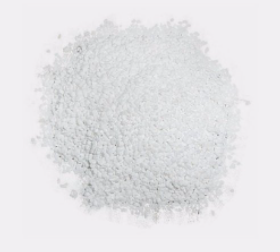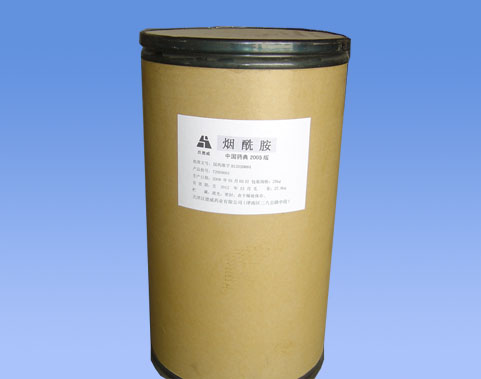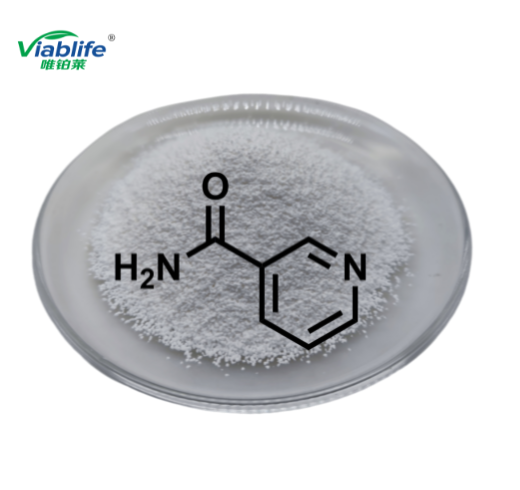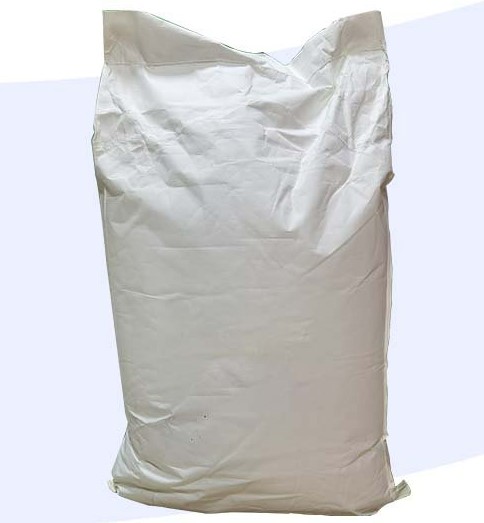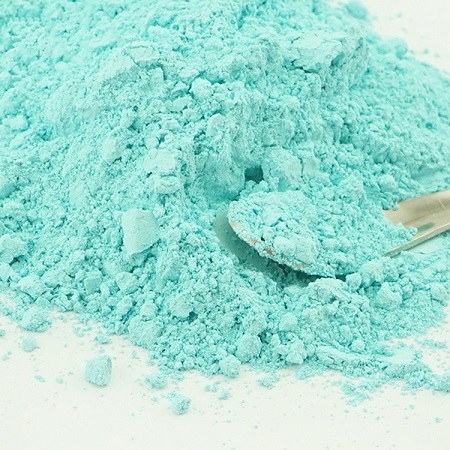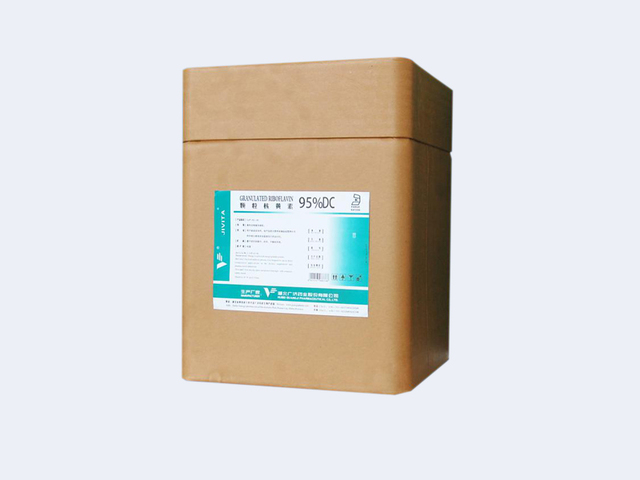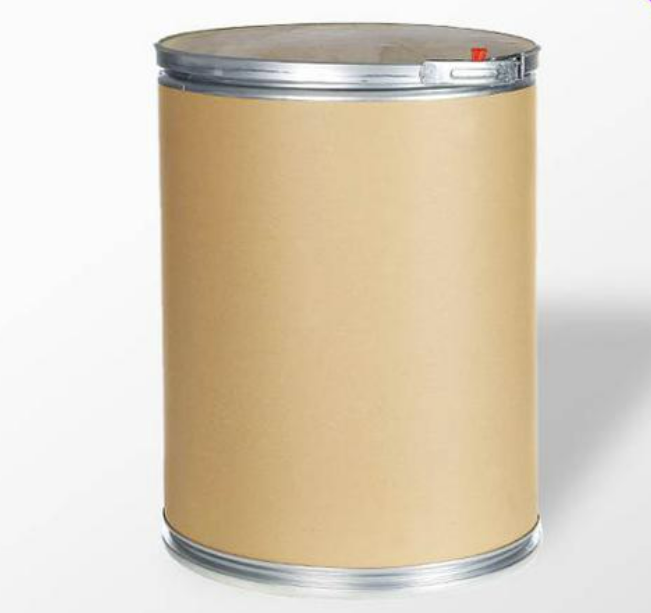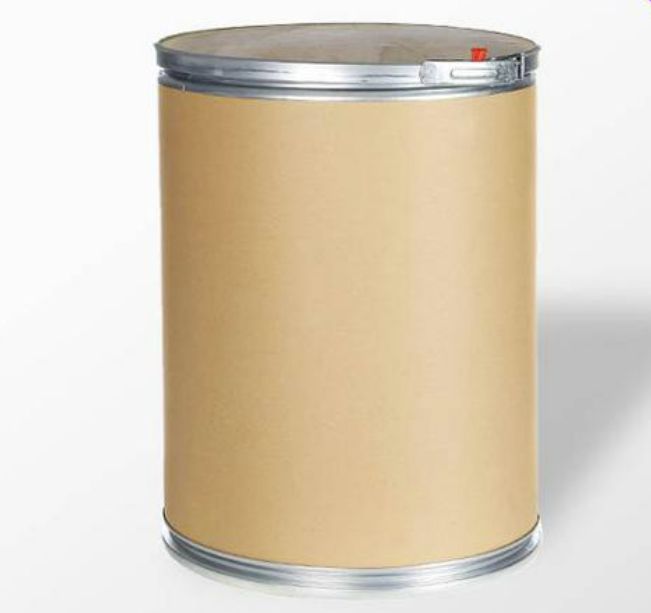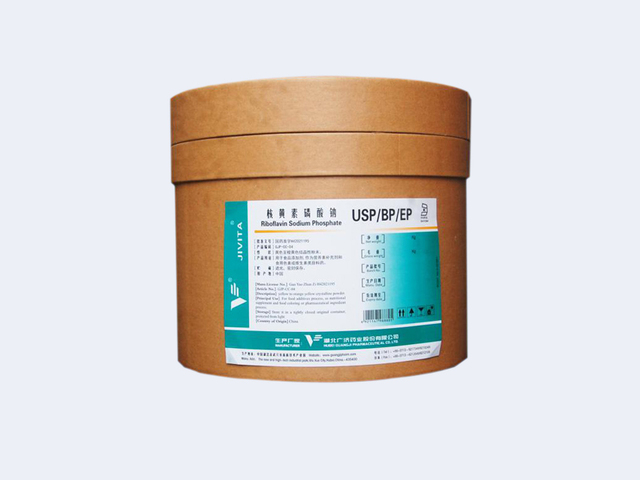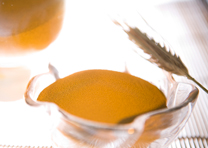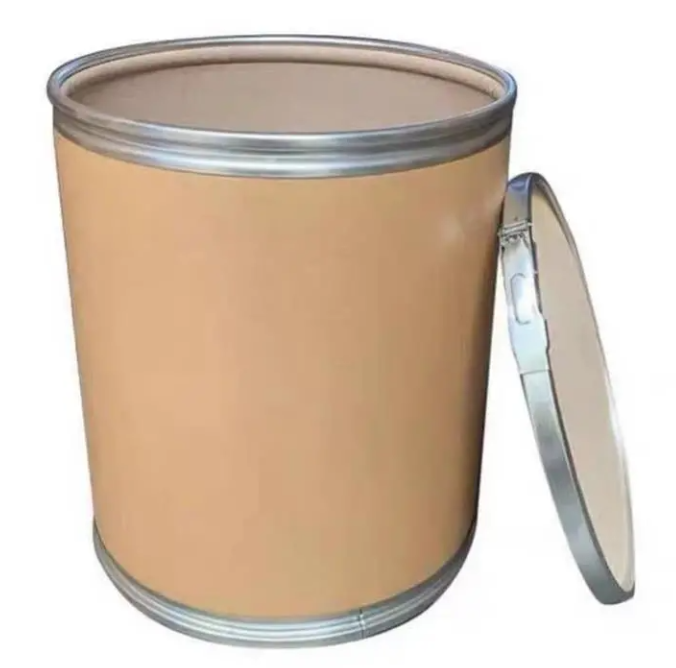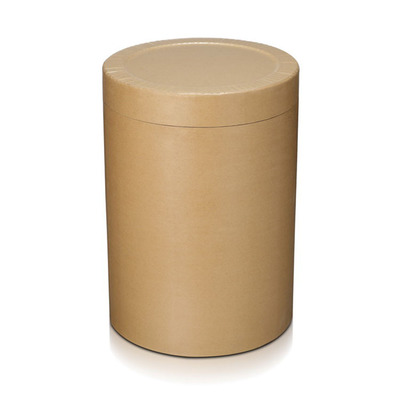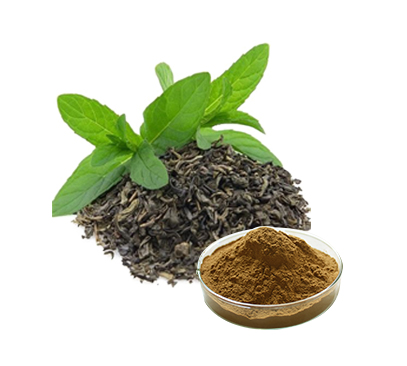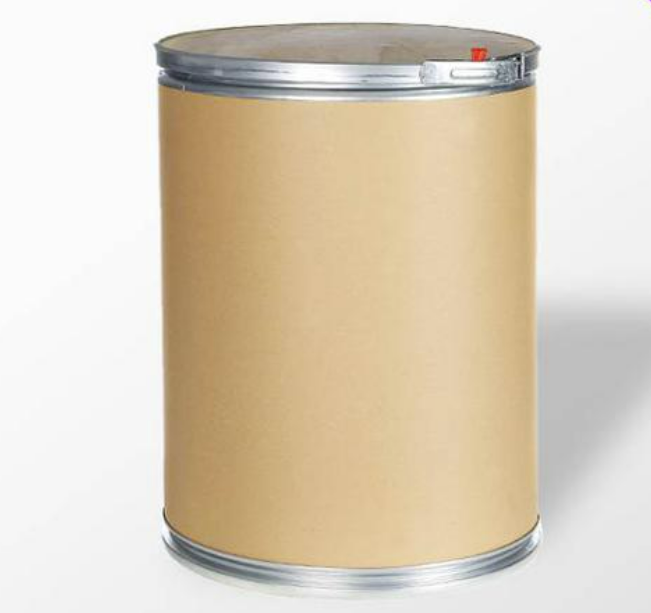Food(Feed) Additives
Feed Additive
Additives For Food Packaging
Colorant
Stabilizer and Coagulator
Water Retention Agent
Feed Deworming Health Agents
Anti Corrosion and Preservation
Color Fixative
Flour Treatment Agent
Defoamer
Coating Agent
Feed Vitamins
Emulsifier
Other Food Additives
Nutritional Fortifier
Thickening Agent
Feed Quality Enhancer
Antioxidants
Chewing Gum Bases
Bulking Agent
Feed Amino Acids and Small Peptides
Flavor Enhancer
Sweeteners
Additives For Feed Preservation
Other Feed Additives
Food Additive
Bleaching Agents
Anticaking Agent
Food Flavors and Fragrances
Enzyme Preparation
Feed Trace Elements
Acidity Regulators
Feed Growth Promoters
Feed Conditioner
Find
203
related chemicals for you
CAS:59-30-3
Molecular Formula:C19H19N7O6
Alias
More Information
L-Pteroylglutamic acid; N-4-[(2-Amido-4-Oxo-1,4-Dihydro-6-Terene)Methylamino]Benzoyl-L-Glutamic Acid; N-[4-[[(2-Amino-4-Hydroxy-6-Pteridyl)Methyl]Amino]Benzoyl]Glutamic Acid; Vitamin B9; Folic acid Vitamin B9; 2-Amino-6-((p-((1,3-Dicarboxypropyl)Carbamoyl)Anilino)Methyl)-4-Pteridinol; Acifolic; Vitamin B; Vitamin B11; Vitamin BC; Cytofol; Folacid; Folacin; Folbal; Folcysteine; Folettes; Foliamin; Folipac; Folsaure; Folsav; Foluite; Incafolic; Liver Lactobacillus Casei Factor; Millafol; N-(4-(((2-Amino-1,4-Dihydro-4-oxo-6-Pteridinyl)Methyl)Amino)Benzoyl)-L-Glutamic acid; N-(p-(((2-Amino-4-Hydroxy-6-Pteridinyl)Methyl)Amino)Benzoyl)-L-Glutamic acid; PGA; Pteglu; Pteroyl-L-Glutamic acid; Pteroyl-L-Monoglutamic acid; Pteroylmonoglutamic acid; N-4-[(2-Amido-4-oxo-1,4-Dihydro-6-Terene) Methyl Amino] Benzoyl-L-Glutamic acid
Brief Introduction
Folic acid is used in feed, medicine and food, but mainly in feed. An anaemic drug used for symptomatic or nutritional giant cell anemia.
Suppliers
View More Vendors (7) >
CAS:98-92-0
Molecular Formula:C6H6N2O
Alias
More Information
VB3; Vitamin B3; Vitamin PP; 3-Pyridinecarboxamide; Niacinamide; Vitamin B3 Nicotinamide; Niacinamide Powder; VPP; Pyridine-3-Carboxamide; Nicotinamide B.P; Nicotinic Acid Amide; Niacinamid
Brief Introduction
This product is a vitamin drug, which participates in the metabolic process in vivo, and is used for the prevention and treatment of nicotinic acid deficiency such as pellagra.
Suppliers
View More Vendors (7) >

EP/FCC/USP/GB/Chinese Pharmacopoeia/Enterprise Standard
/
Food Grade
500kg
/
Jumbo Bag
CAS:7720-78-7
Molecular Formula:FeO4S
Alias
More Information
Iron(2+) Sulfate; Iron(II) Sulfate; Sulfuric Acid, Iron(2+) Salt (1:1); Iron Sulfate; Ferrous Sulphate; Ferrour Sulphate
Brief Introduction
It is used for making iron salt, iron oxide pigment, mordant, water purifying agent, preservative, disinfectant, etc. in medicine, it is used as an anti anemia drug.
Suppliers
View More Vendors (6) >
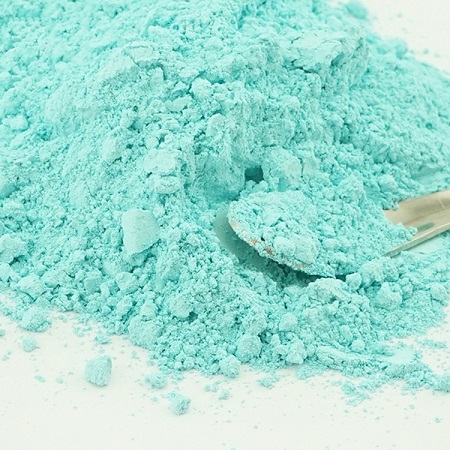
FeSO4•7H2O>90%
/
Tech Grade
50kg
/
Woven Bag
Thermphos (Jiangsu) Technology Co.,Ltd.

25kg
/
-
CAS:83-88-5
Molecular Formula:C17H20N4O6
Alias
More Information
Riboflavin; Vitamin B2; Riboflavine; Lactoflavin
Brief Introduction
Riboflavin is mainly used as medicine, food additive and feed additive. In medicine, riboflavin is used as compound vitamin or vitamin B2 preparation, and as yellow colorant of sugar coated tablets and capsules. When it is used as food additive, it can strengthen nutrition on the one hand, and it can also be used as yellow colorant on the other hand.
Suppliers
View More Vendors (6) >
CAS:3081-61-6
Molecular Formula:C7H14N2O3
Alias
More Information
Theanine,L; L-Glutamic Acid γ-(Ethylamide); N-γ-Ethyl-L-Glutamine; L-Theamine; Suntheanine; (S)-2-Amino-5-(Ethylamino)-5-Oxopentanoic Acid; Theanine; N'-Ethyl-L-Glutamine; N(5)-Ethyl-L-Glutamine; L-γ-Glutamylethylamide; L-Theanine In Stock Gmp Factory; H-Glu(Nhet)-Oh; L-Glutamic Acid Gamma-(Ethylamide); (S)-2-Amino-4-(N-Ethylcarbamoyl)Butanoic Acid
Brief Introduction
Theanine is a characteristic amino acid in tea, which is synthesized by glutamic acid and ethylamine under the action of theanine synthetase in the root of tea plant. It is an important substance to form the taste of tea, which is mainly manifested as fresh and sweet, and is the main component of tea. 26 kinds of amino acids (6 kinds of non protein amino acids) were identified in tea, which generally accounted for 1% ~ 5% of the dry weight of tea, and theanine accounted for more than 50% of the total free amino acids in tea. As the most abundant characteristic non protein amino acid in tea, theanine is safe, non-toxic and has many biological activities, such as antioxidation, immune regulation, anti-aging, antagonizing cell excitotoxicity caused by excessive glutamate. At the same time, L-theanine, as an alkyl amine, can be activated γ- T immune cells promote cell proliferation and cytokine secretion, enhance the ability to resist tumor cells, reduce the infection of external microorganisms, and reduce the risk of cold and influenza.
Suppliers
View More Vendors (6) >
Inquiry (
10
/ 10
)
Clear All
You can inquire for up to 10 products at a time
Sign In
Error!

